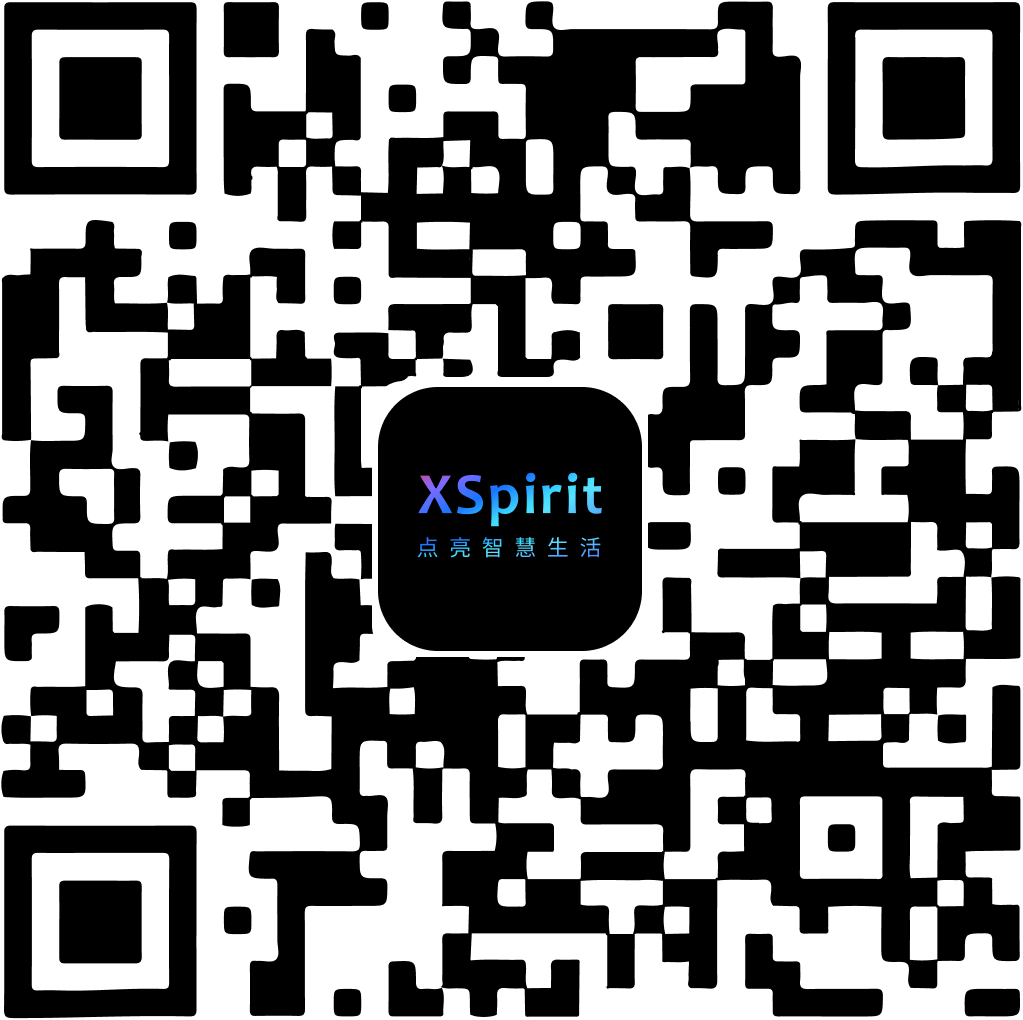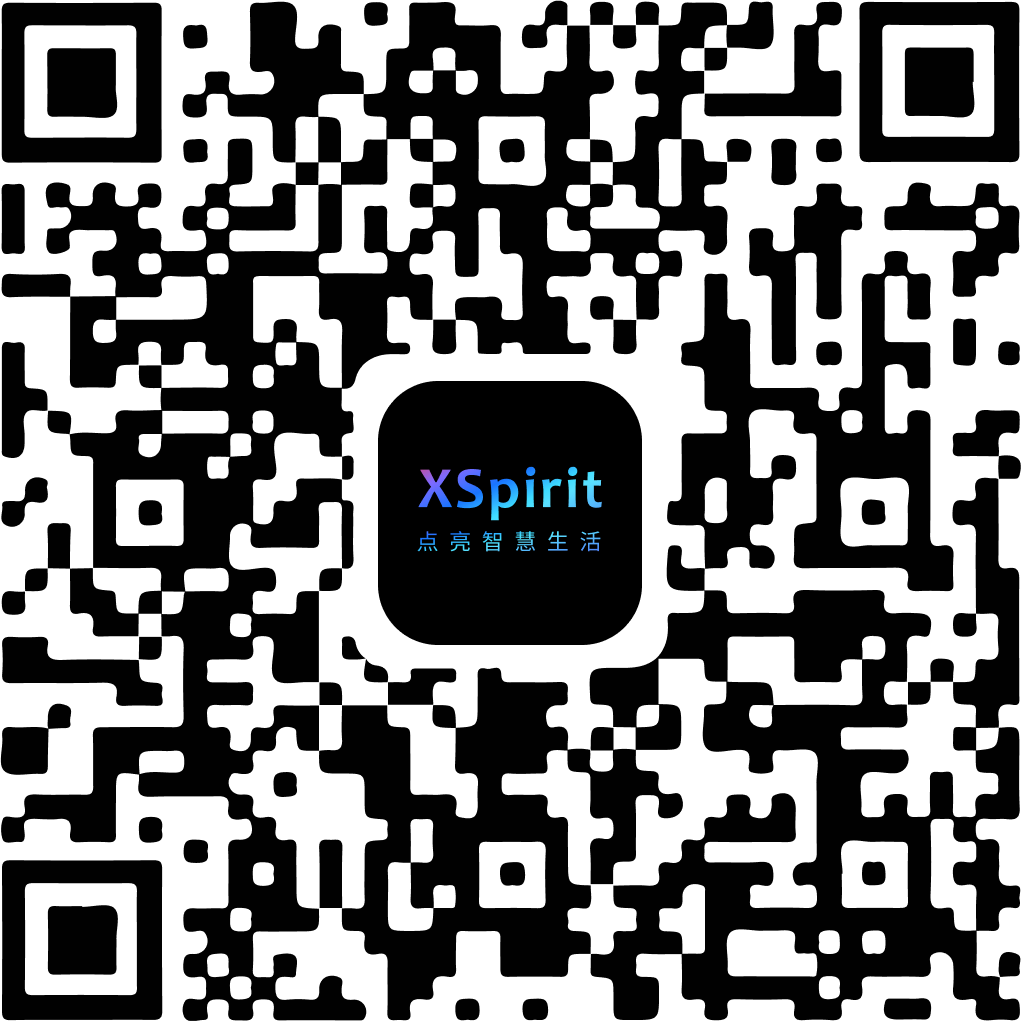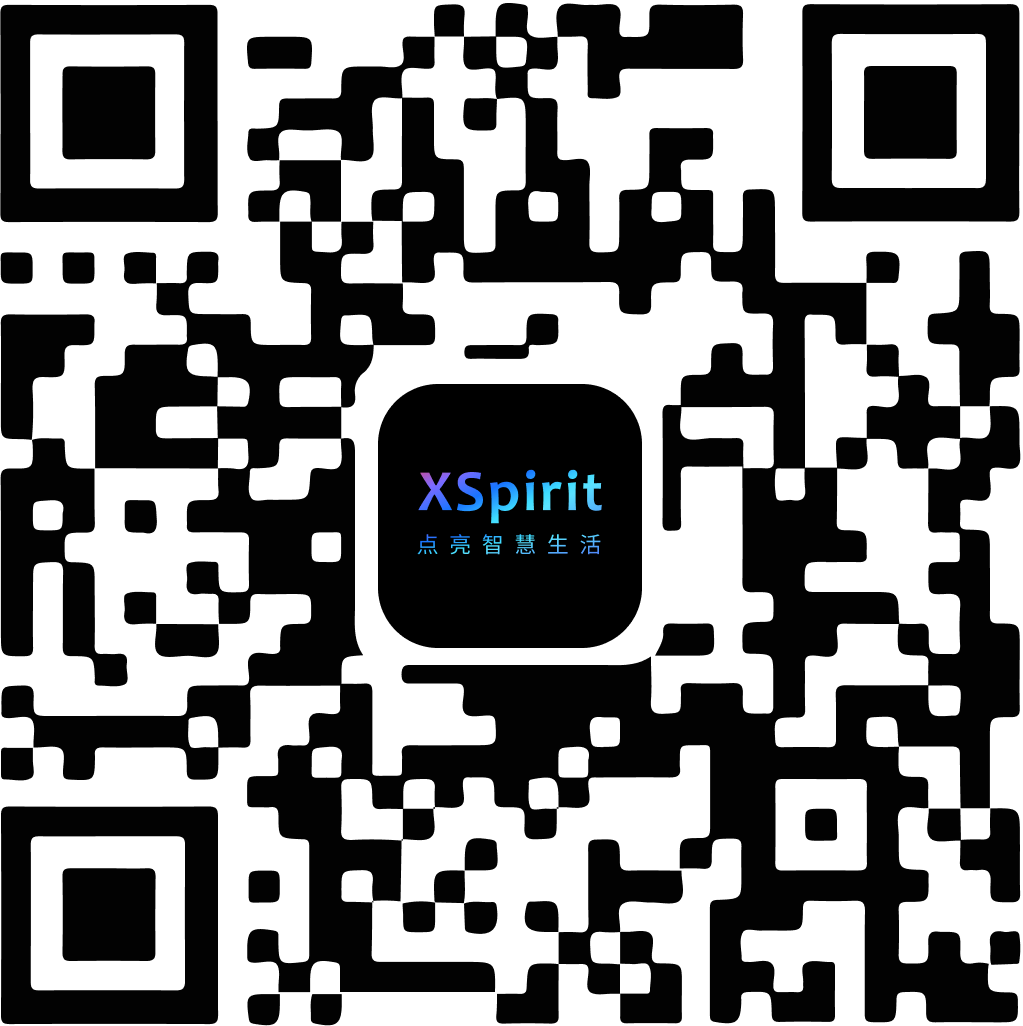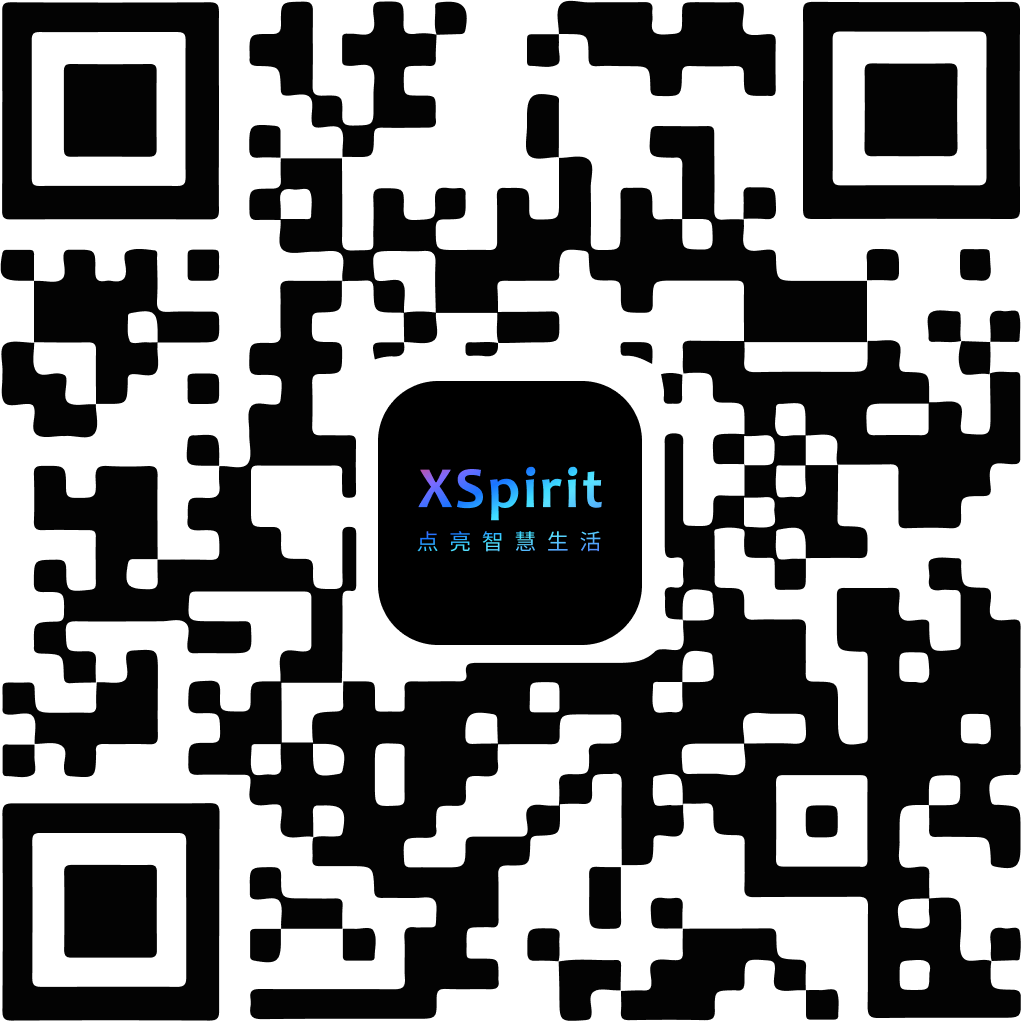SDK Introduction
EdgerOS Web-SDK is a front-end development kit that provides various interactive interfaces for the front end of EdgerOS App, and the front end of EdgerOS App correctly uses Web-SDK.
EdgerOS Web-SDK supports both JavaScript and TypeScript development.
npm install
You can use command npm i @edgeros/web-sdk to install EdgerOS Web-SDK.
- TypeScript
import '@edgeros/web-sdk'
- JavaScript
You can click sdk.min.js to view and download sdk.min.js.
<script src="\\PATH/sdk.min.js"></script>
Test
After the @edgeros/web-sdk module is correctly import, the browser window object will contain the edger member:
console.log(window.edger); // Web-SDK object show
Style
Most Web-SDK functions return Promise objects, for example, the following function obtains the Web-SDK version:
edger.version().then(data => {
console.log('Version:', data.version);
}).catch(error => {
console.error(error);
});
Web-SDK functions
Security
App front-end and back-end secure communication specifications. See details: Security.
Account
Web-SDK provides information about users who are currently accessing EdgerOS device. See details: Account.
Lifecycle
Apps call this interface to manage its life cycle. See details: Lifecycle.
Permission
App front end can obtain and check related permissions by using these functions. See details: Permission.
PermissionTexts
Apps call these interfaces to manage the permission texts for dialogs and drawers. See details: PermissionTexts.
State & gestures
Front-end state and gestures. See details: State.
SafeArea
EdgerOS App can get current safeArea information. See details: SafeArea.
Theme
Get the current display theme of EdgerOS, the App can dynamically select its own display style according to the theme information. See details: Theme.
Notify
Apps call this interface to pop up system notify information. See details: Notify.
Share
Apps can share messages with each other by using these functions. See details: Share.
Network
These functions provide current EdgerOS device network working information. See details: Network.
AcoPay
EdgerOS online payment system 翼辉支付. This payment system uses WeChat Pay or Alipay payment channels. App can use this payment system to complete on-site payments. See details: AcoPay.
Mobile
Operate current mobile functions, such as camera, etc. See details: Mobile.
Orientation
Obtain and control the current display orientation of EdgerOS. See details: Orientation.
Language
Apps can get EdgerOS current language information. See details: Language.
Download
EdgerOS provides download function. See details: Download.
Filesystem
EdgerOS provides filesystem function. See details: Filesystem.
Album
Apps call these interfaces to access system album. See details: Album.
Device
Apps call these interfaces to obtain information about smart devices that have been scanned and found to have access to EdgerOS. See details: Device.
Audio
Apps call these interfaces to access the audio player. See details: Audio.
Caster
Apps call these interfaces to implement screen casting functions. See details: Caster.
Dialog
Apps call these interfaces to access dialog. See details: Dialog.
FilePreview
Apps call these interfaces to preview files. See details: FilePreview.
Float
The float module provides some interfaces to manage float. See details: Float.
Geolocation
Apps call these interfaces to access geographic locations. See details: Geolocation.
Job
Apps call these interfaces to manage background job. See details: Job.
Loading
Apps call this interface to creat a loading instance. See details: Loading.
Media
Apps call this interface to creat a media player instance. See details: Media.
MultiplePanel
The multiplePanel module provides a capability which can help you share images or files with others. See details: MultiplePanel.
Service
Apps call these interfaces to automatically manage jobs. See details: Service.
SystemShare
This share module provides many interfaces for sharing files such as pictures, audio, videos, and documents through native apps. See details: SystemShare.
Toast
Apps call this interface to access toast. See details: Toast.
FileConvert
Apps call these interfaces to convert file formats. See details: FileConvert.
Font
Apps call this interface to obtain font scaling ratio. See details: Font.
Haptic
Apps call this interface to trigger various types of haptic feedback effects. See details: Haptic.
Clipboard
Apps call this interface to implement copy and past functions with the system clipboard. See details: Clipboard.
Message
Apps call this interface to handle messages. See details: Message.




 陕公网安备61019002002605号
陕公网安备61019002002605号